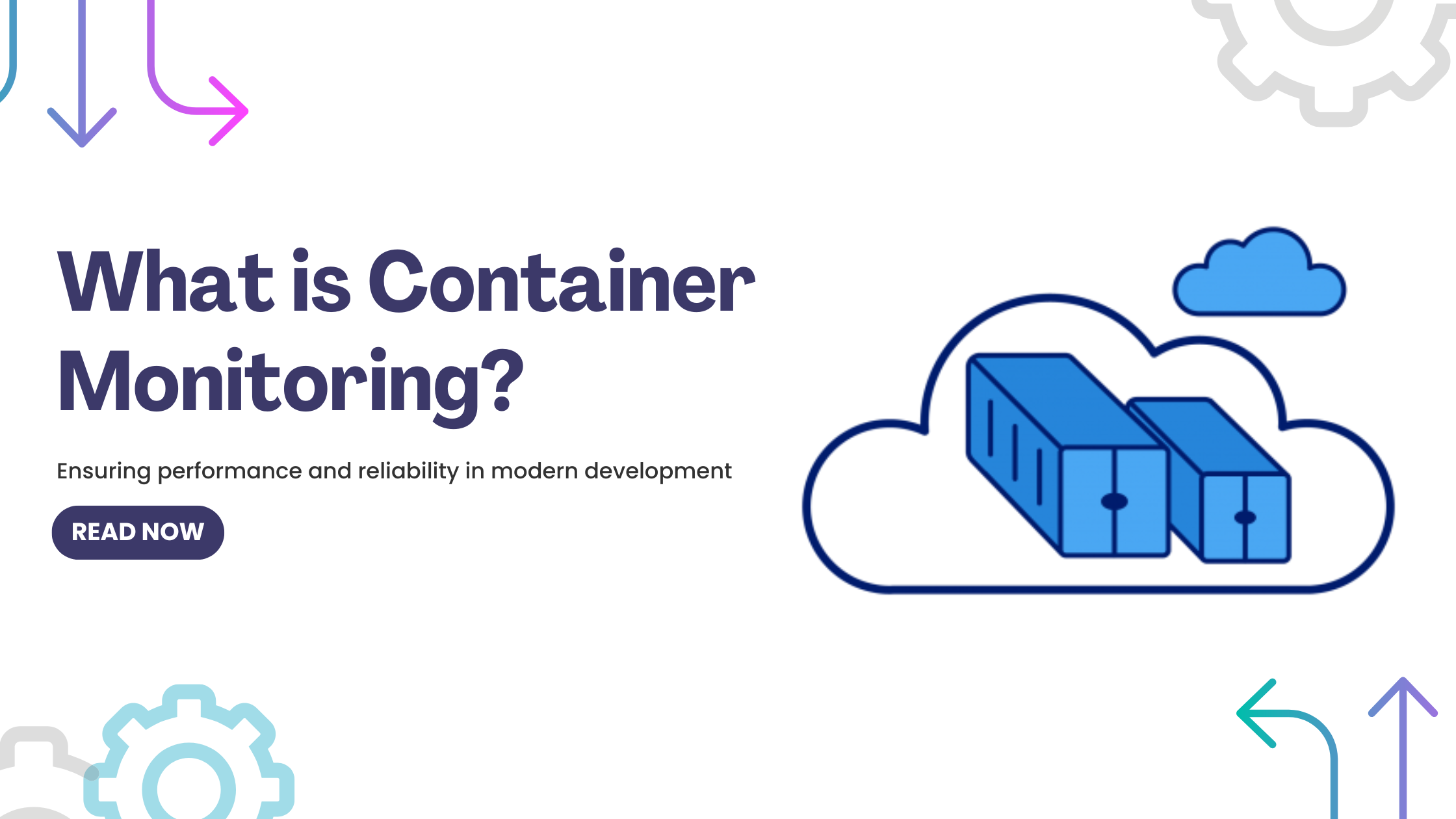An introduction to Container Monitoring
 swetha suresh
swetha suresh
What is a Container?
A container is a lightweight, portable unit that packages an application and everything it needs to run, such as code, libraries, and dependencies. Think of it like a "box" that contains all the ingredients for your app to work, no matter where it runs.
For example, if you have a Python application that relies on certain libraries, you can bundle the application, Python runtime, and those libraries into a container. When you run the container on any system (a developer’s laptop, a test server, or a cloud platform), it behaves the same way because everything it needs is inside.
Role of Containers in development
Containers are particularly useful for developers because they:
Simplify setup:
- Instead of manually installing software or configuring environments, you can start a container with everything ready to go.
Ensure consistency:
- "It works on my machine" is no longer a problem because the app will run the same way everywhere—thanks to the container’s consistent environment.
Enable collaboration:
- Teams can share a container image instead of lengthy setup instructions, saving time and reducing errors.
Support microservices:
- Containers are often used to break down applications into smaller, independently running parts (called microservices). For instance, your app might have separate containers for the frontend, backend, and database.
Why are Containers important?
Portability: Run the container anywhere—on a developer’s laptop, in testing, or in production.
Efficiency: Containers are lightweight and start faster than virtual machines because they don’t include a full operating system.
Scalability: It’s easy to add or remove containers to handle changes in traffic or workload.
Isolation: Containers keep applications and dependencies separate, avoiding conflicts.
What is Container Monitoring?
Once you’re using containers to develop and run applications, you need to ensure they’re working correctly. That’s where container monitoring comes in.
Container monitoring is the process of tracking and analyzing the health, performance, and resource usage of your containers. Think of it as keeping an eye on each "box" to make sure it’s doing its job without causing problems.
The Role of Container Monitoring
Ensuring application health
- Containers are often used to run critical applications. Monitoring checks if they are running, responsive, and not restarting unexpectedly. If something breaks, monitoring alerts you so you can fix it quickly.
Improving performance
Monitoring tracks how much CPU, memory, and storage your containers are using. For example:
If a container is using too much memory, it might crash.
If the CPU usage is always high, it might slow down your app.
Monitoring these helps you identify and solve performance issues early.
Detecting problems
- Containers are isolated but not perfect. A failing container (e.g., a database container that crashes) can affect your app. Monitoring helps you spot these failures and understand what caused them.
Optimizing resources
- Monitoring ensures you don’t allocate too many or too few resources to containers. This helps reduce costs and ensures your app runs efficiently.
Scaling effectively
- If your app gets more users, monitoring helps you decide when to add more containers to handle the load.
Why is Container Monitoring important for developers?
Debugging: Containers are often short-lived and replaced frequently. Monitoring lets you capture logs and metrics while they’re running, which helps you debug issues.
Reliability: Monitoring ensures your app stays available to users by quickly identifying and resolving issues.
Collaboration: When working in a team, monitoring helps everyone understand the behavior of containers in different environments.
Confidence in production: Monitoring ensures your app is stable and ready to handle real-world users after deployment.
Summary
Containers package everything your app needs, making development, testing, and deployment simpler and more consistent.
Container monitoring ensures those containers are healthy, performing well, and using resources efficiently.
For developers, container monitoring is essential to catch problems early, optimize resources, and ensure apps run smoothly in production.
Subscribe to my newsletter
Read articles from swetha suresh directly inside your inbox. Subscribe to the newsletter, and don't miss out.
Written by
